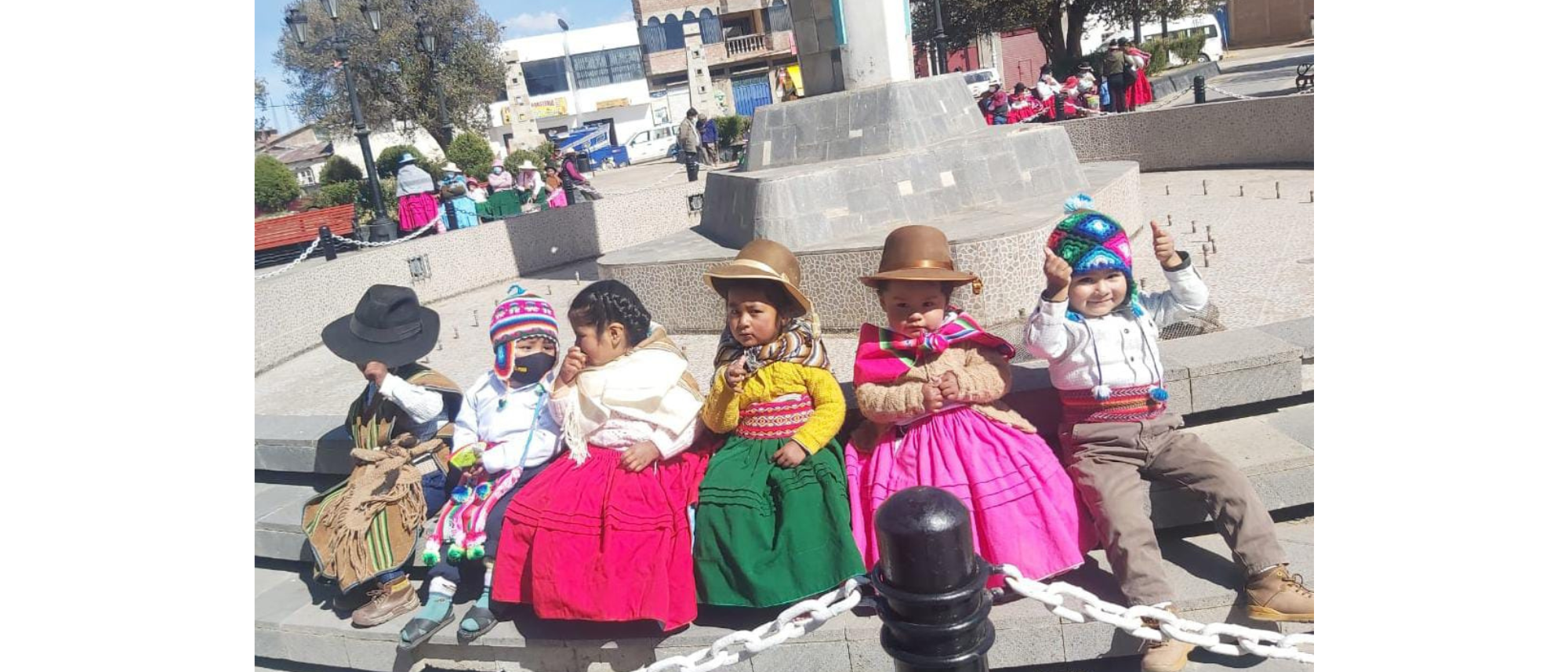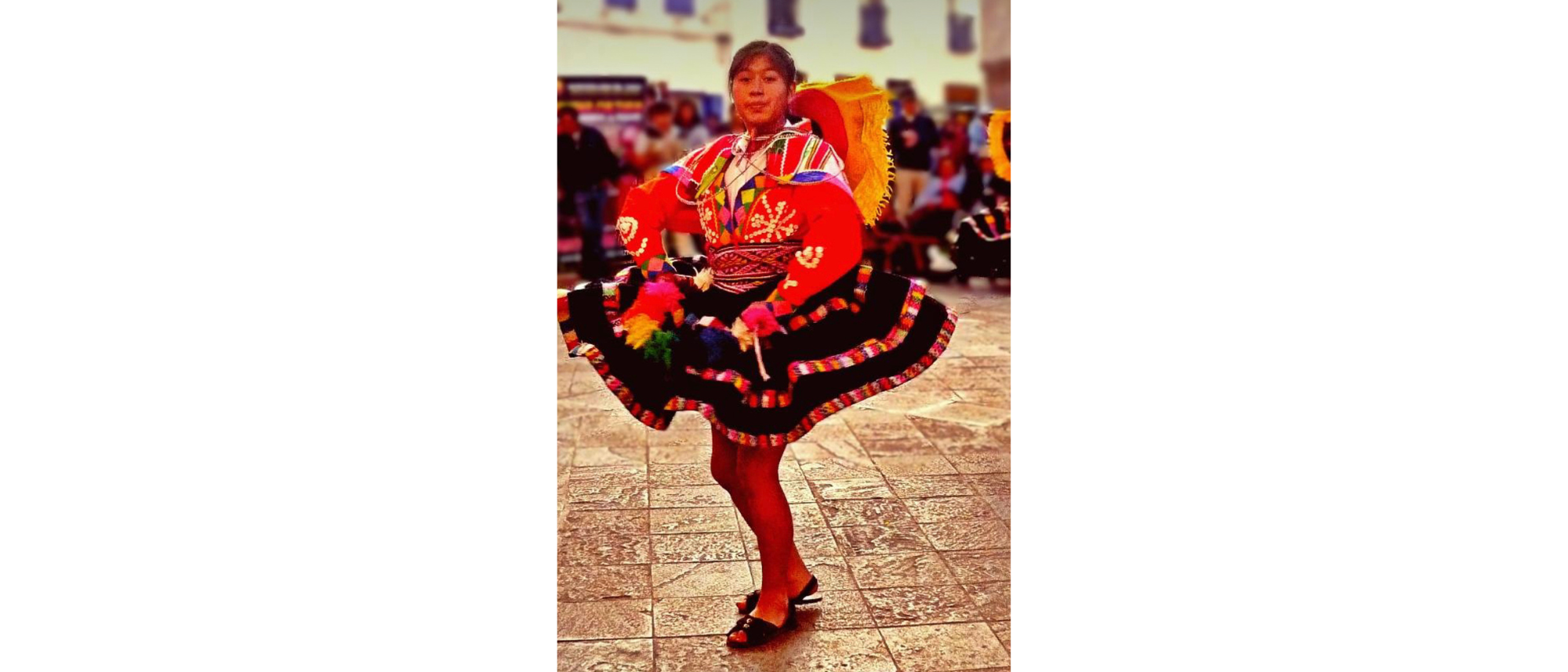Long live Peru! Dancing
Let's celebrate Peru's National Day!
Dancing in Peru is to enter into communion with our roots and honor the cultural diversity that defines us.
Today, on the 28th and 29th of July, the Aymara and Quechua villages celebrate these historical events with vibrant festivities, reflecting the richness of their cultural identity.
During this commemorative period, we send our best wishes to all Peruvians, as well as to our group of warrior women, devoted guardians of our centuries-old traditions, passed down from generation to generation. Thanks to José de San Martín, José de la Riva-Agüero y Sanchez-Boquete, and the valiant souls of the Peruvian people who united to achieve their freedom in 1821.
Dancing to success!
For this special occasion, indigenous dances play a significant role in the celebrations, showcasing the wealth and diversity of the country's ancestral cultures.
The Qashwa de Umuto
Originally from the Andean region, the Qashwa de Umuto is a joyful and captivating folk dance. It is performed by dancers wearing colorful costumes adorned with traditional motifs.
The Qashwa de Umuto is often accompanied by music played on instruments such as the zampoña (Andean pan flute) and the drum.
The Danza de las Tijeras
Also known as the "Dance of the Scissors," this dance originates from the Andean regions of Peru, particularly in the highlands. It features dancers called "danzantes," who perform acrobatic movements while playing large metal scissors. The Danza de las Tijeras is a highly symbolic and spiritual traditional dance.
In addition to the impressive acrobatics, the "Danza de las Tijeras" is also characterized by lyrical songs, poetic recitations, and invocations. These elements add a spiritual and symbolic dimension to the dance, making it an important ritual act for Andean communities.
The Wititi
This indigenous dance originates from the Arequipa region in southern Peru and is inscribed in UNESCO's intangible cultural heritage. Dancers wear elaborate traditional outfits, and the choreography depicts scenes from daily life and ancestral customs.
For the Wititi dance, both women and men wear specific traditional attire that reflects the cultural identity and ancestral heritage.
Women who participate in the Wititi dance typically wear a dress called "pollera". This dress is often richly decorated with embroideries, colorful patterns, and traditional ornaments. The polleras are long and flowing, allowing the dancers to perform graceful movements during the dance. They also wear accessories such as traditional hats, scarves, and jewelry that complement their outfit.
Attire for men in the Wititi dance consists of an ornate shirt, loose-fitting pants, and a jacket. One of the most iconic features of their outfit is the belt made of wool and decorated with intricate motifs. They also wear traditional hats, often made of wool, and colorful scarves that complete their costume.
In the face of challenges, the Peruvian people always rise with unwavering strength, demonstrating true resilience and joy for life!






